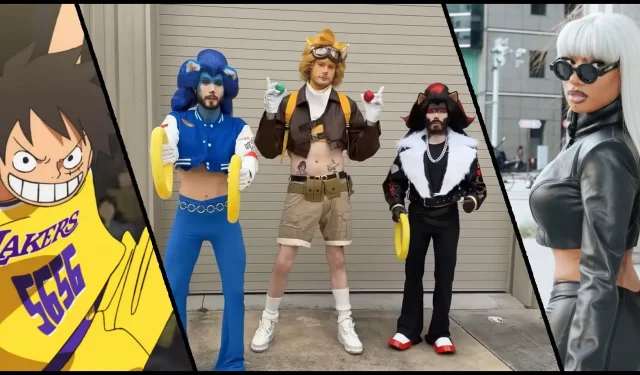Over the past several years, anime has transitioned from a niche hobby to a mainstream sensation. Once an underground passion, it now permeates popular culture, with merchandise available in nearly every store. Children and adults alike proudly showcase their favorite series such as My Hero Academia and Jujutsu Kaisen through fashion, car decals, and social media. Viral anime theme songs frequently dominate platforms like TikTok, and even celebrities have embraced cosplay, showcasing their love for anime publicly. For long-time fans, this cultural shift can be surprising. It raises the question: What triggered this surge in popularity for anime and Japanese culture in the West over the past decade?
Historically, an interest in anime was often dismissed as childish or geeky. Many fans kept their enthusiasm a secret, only sharing it with like-minded friends. Accessing anime was not as straightforward as it is today—the golden age of streaming services was still years away. Fans had to scour for VHS tapes or DVDs, and hunt for unofficial translations online, often finding themselves navigating a maze of obscure internet forums. The struggle was real for early enthusiasts, who had to go to great lengths to enjoy their passion.
A Brief History of Anime’s Rise
Key Anime Titles and Their English Release Years
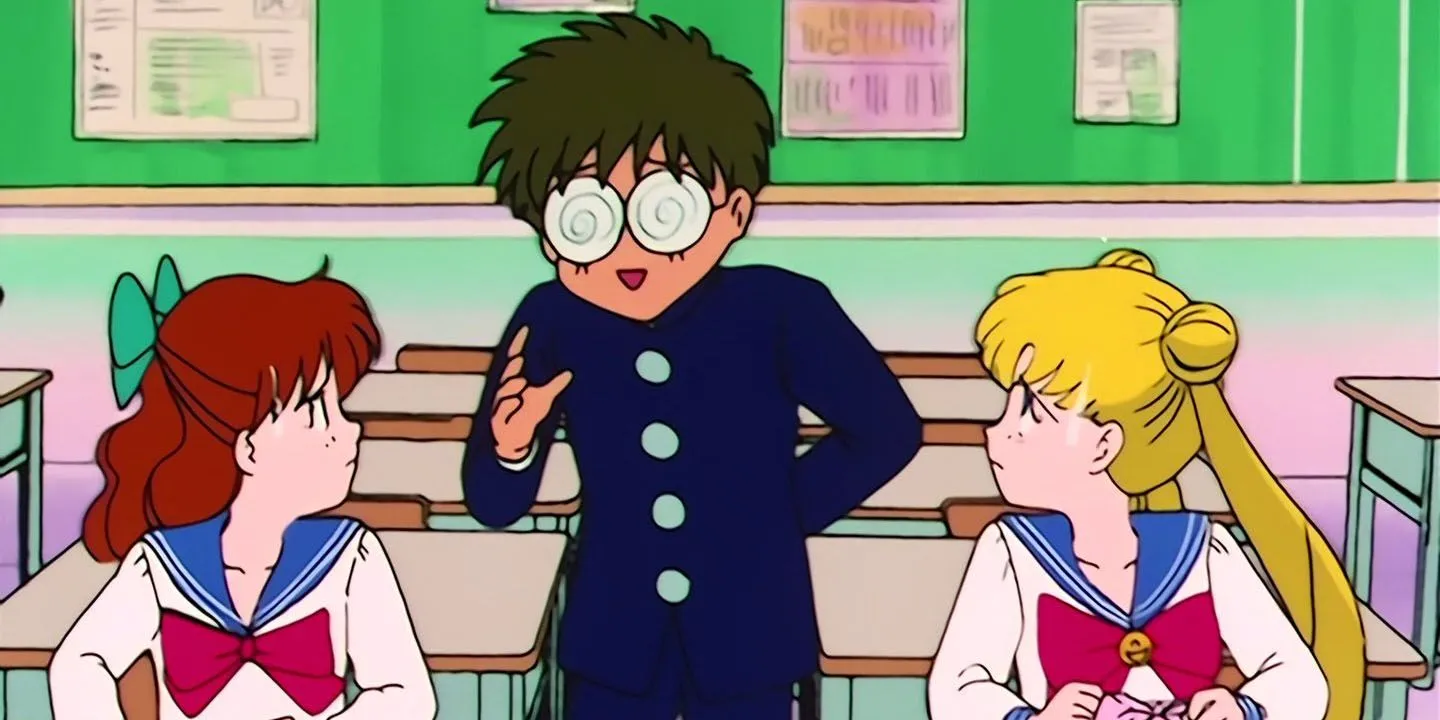
| Title | Release Year |
|---|---|
| Astro Boy | 1963 |
| Speed Racer | 1967 |
| Akira | 1989 |
| Dragon Ball | 1989 |
| My Neighbor Totoro | 1989 |
| Vampire Hunter D | 1992 |
| Ranma 1/2 | 1993 |
| Sailor Moon | 1995 |
| Dragon Ball Z | 1996 |
| Pokemon | 1999 |
| One Piece | 2004 |
The Evolution of Anime in the West
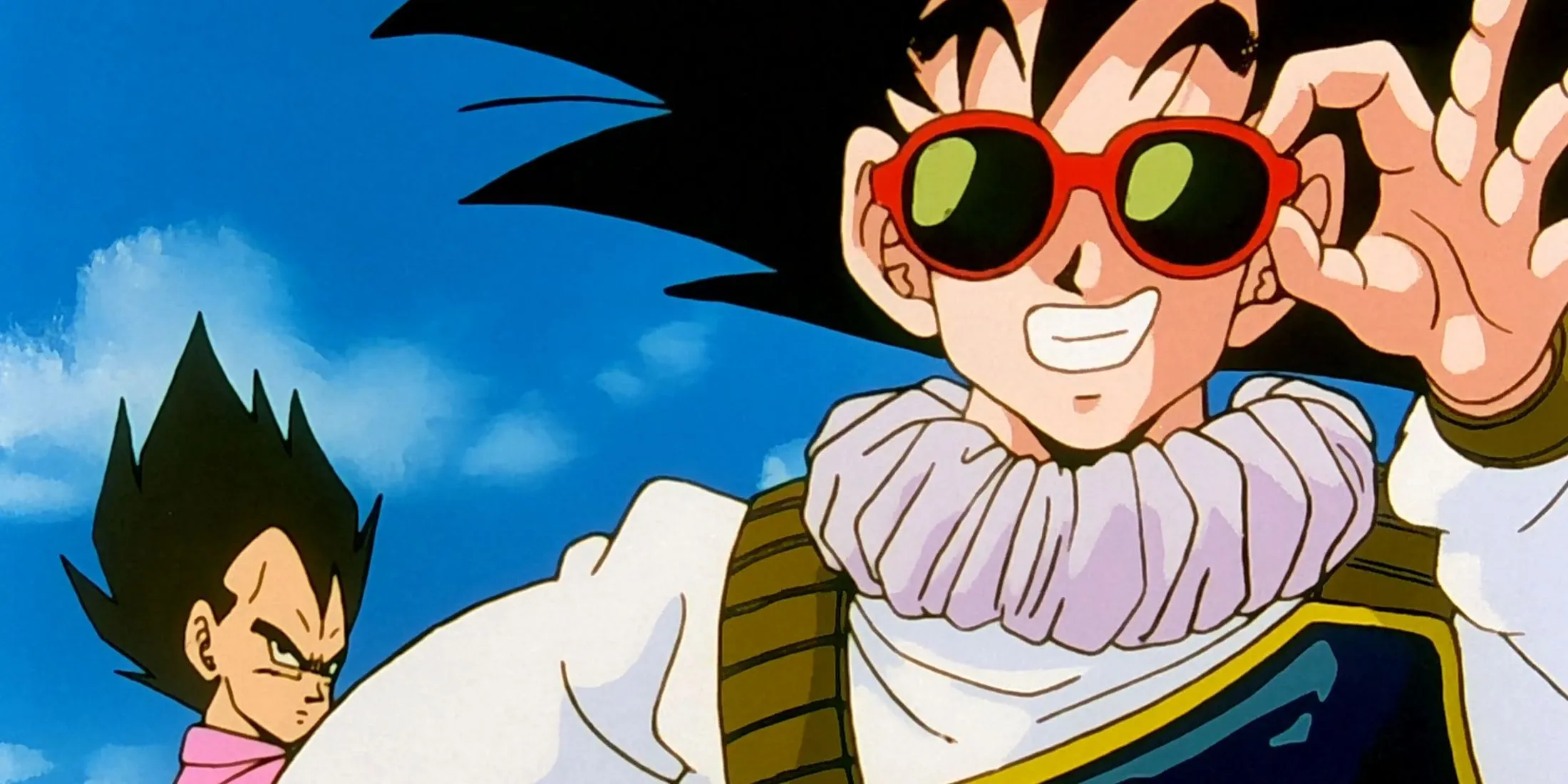
Reflecting on the past, it all began in 1961 with the English translations of two Japanese animated films: Magic Boy and The White Snake Enchantress. Although their success wasn’t significant, it laid the groundwork for the genre’s future. Astro Boy debuted in 1964, marking the real arrival of anime in Western culture. The boom continued with Speed Racer, and the 80s introduced numerous classics like Dragon Ball, albeit in less impactful versions. During this time, famed director Hayao Miyazaki also made his mark, eventually gaining recognition through Disney’s re-releases.
While the 1990s saw the breakout of iconic series like Sailor Moon and Dragon Ball Z, the genre still struggled for legitimacy, often viewed with disdain. Fan conventions and cosplay events were in their infancy, and the term “otaku” had a more negative connotation. However, the attitudes towards anime began to shift as mainstream exposure increased. What catalyzed this transformation?
The Early Influencers
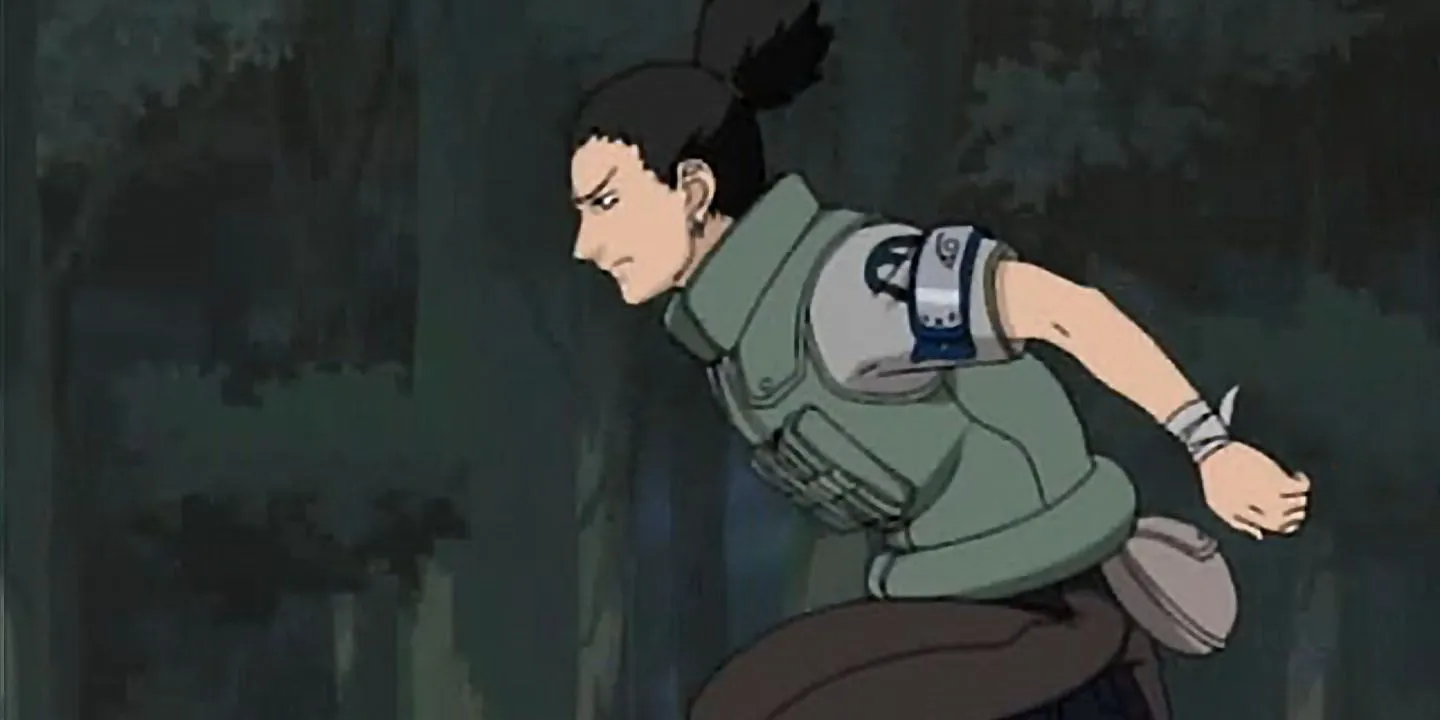
Among the early influencers were the fans themselves. Back then, Hawaiian shirts adorned with Dragon Ball Z graphics flooded schoolyards as kids excitedly discussed power levels and executed their best Kamehameha poses. Despite occasionally being the butt of jokes, these devoted fans played a crucial role in normalizing anime culture.
As their enthusiasm translated into sales, companies began investing heavily in anime content for Western markets. By the early 2000s, fans could find anime in malls, while licensed merchandise appeared in major retail chains. With celebrities expressing their fandom openly, attitudes changed dramatically. Today, musicians like Bbno$ and Megan Thee Stallion incorporate anime references into their art, showcasing this culture’s influence in innovative ways.
Is someone different at age 18 or 60? I believe one stays the same.
-Hayao Miyazaki
Anime: A Cultural Powerhouse
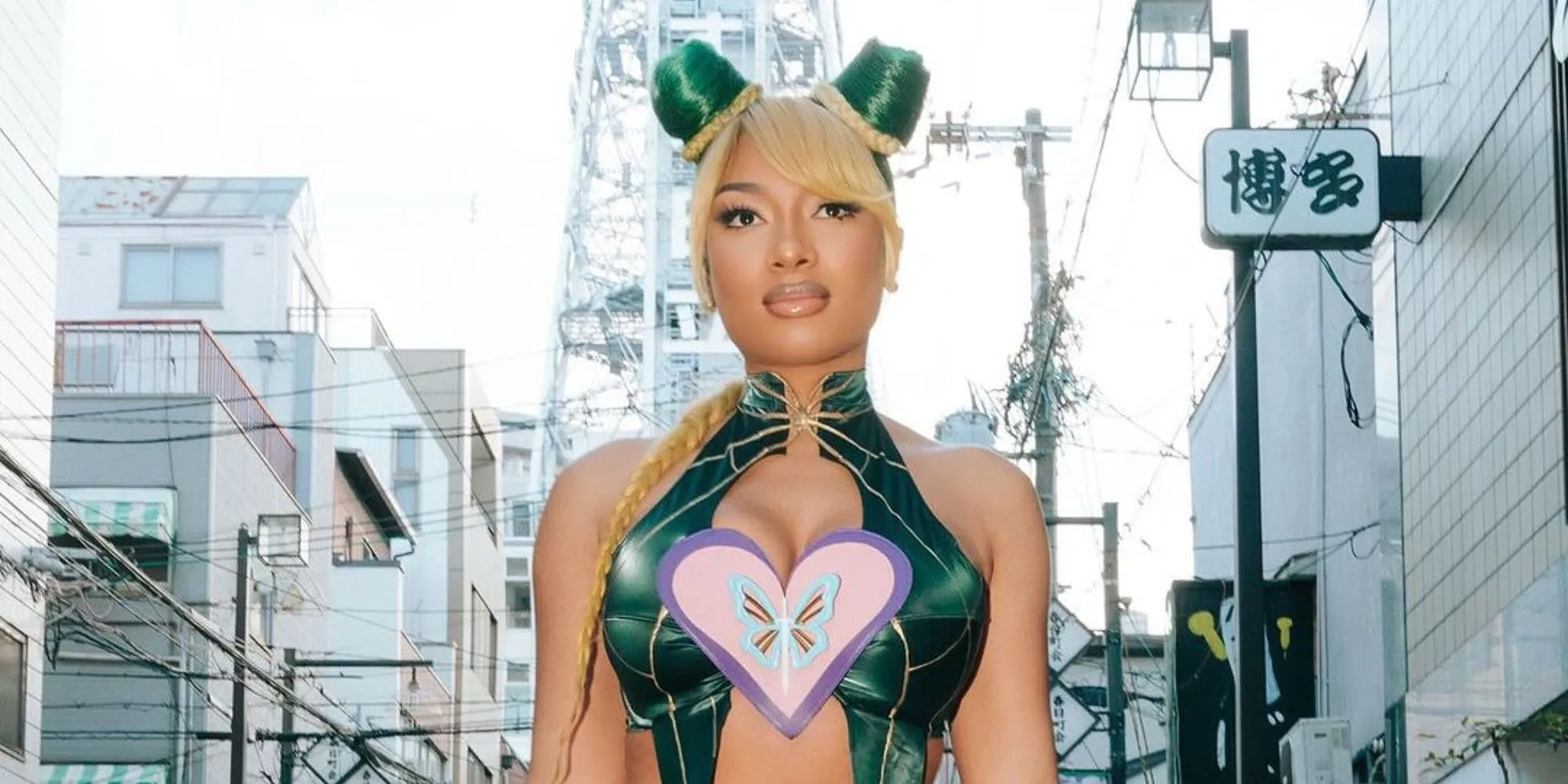
Ubiquitous Influence
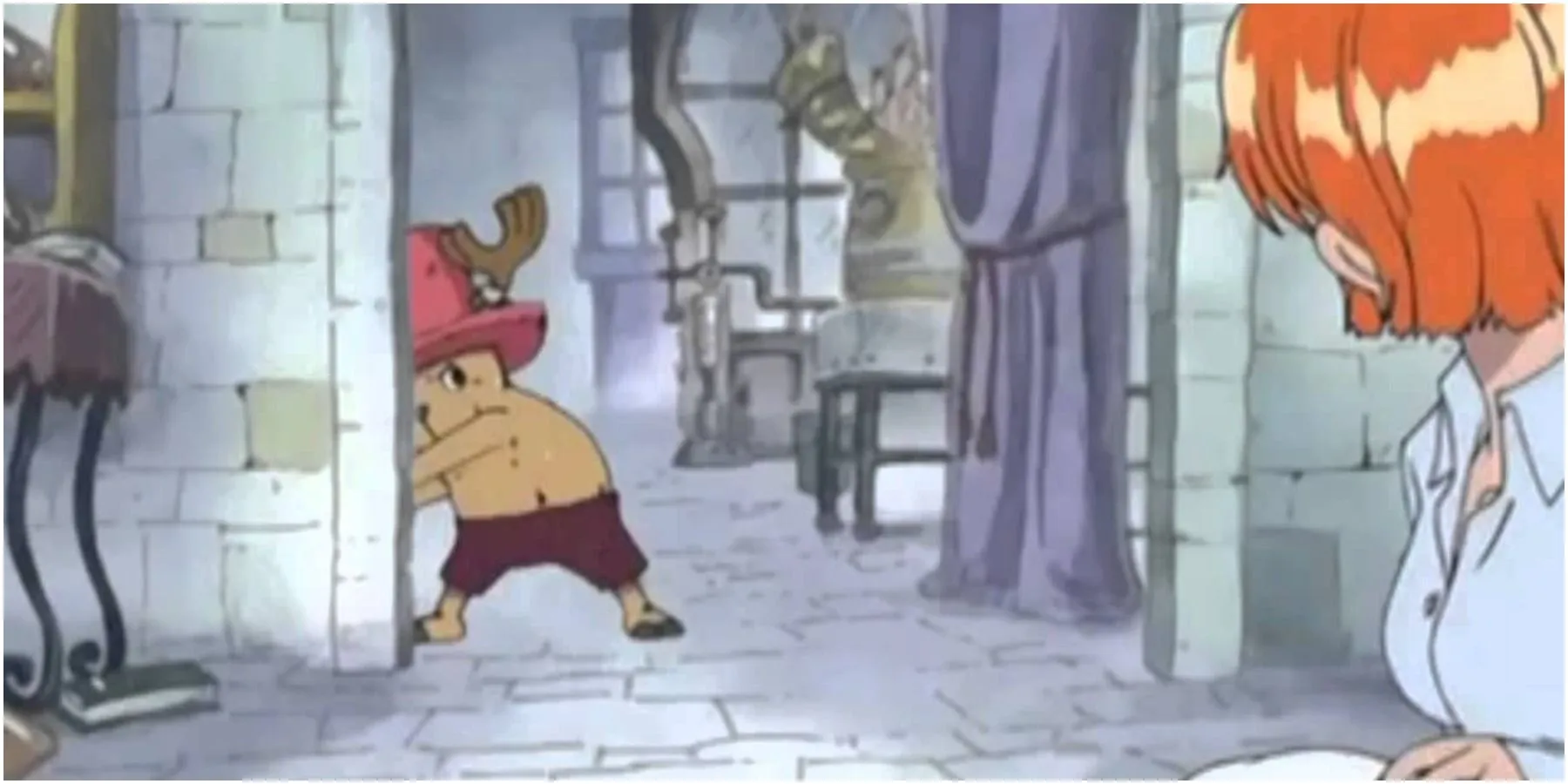
Today, anime’s reach is undeniable, as fans from all backgrounds share their top series and characters. Its influence even extends into high fashion, moving beyond simple graphic tees to entire clothing lines inspired by anime aesthetics.
Brightly colored hairstyles reminiscent of beloved characters have become commonplace, and anime-inspired tattoos are a popular trend. The omnipresence of this spectacular art form is a joyful sight for fans of all levels. Embracing the community and connecting with fellow enthusiasts has never felt more fulfilling.
Building a Strong Foundation for Future Generations
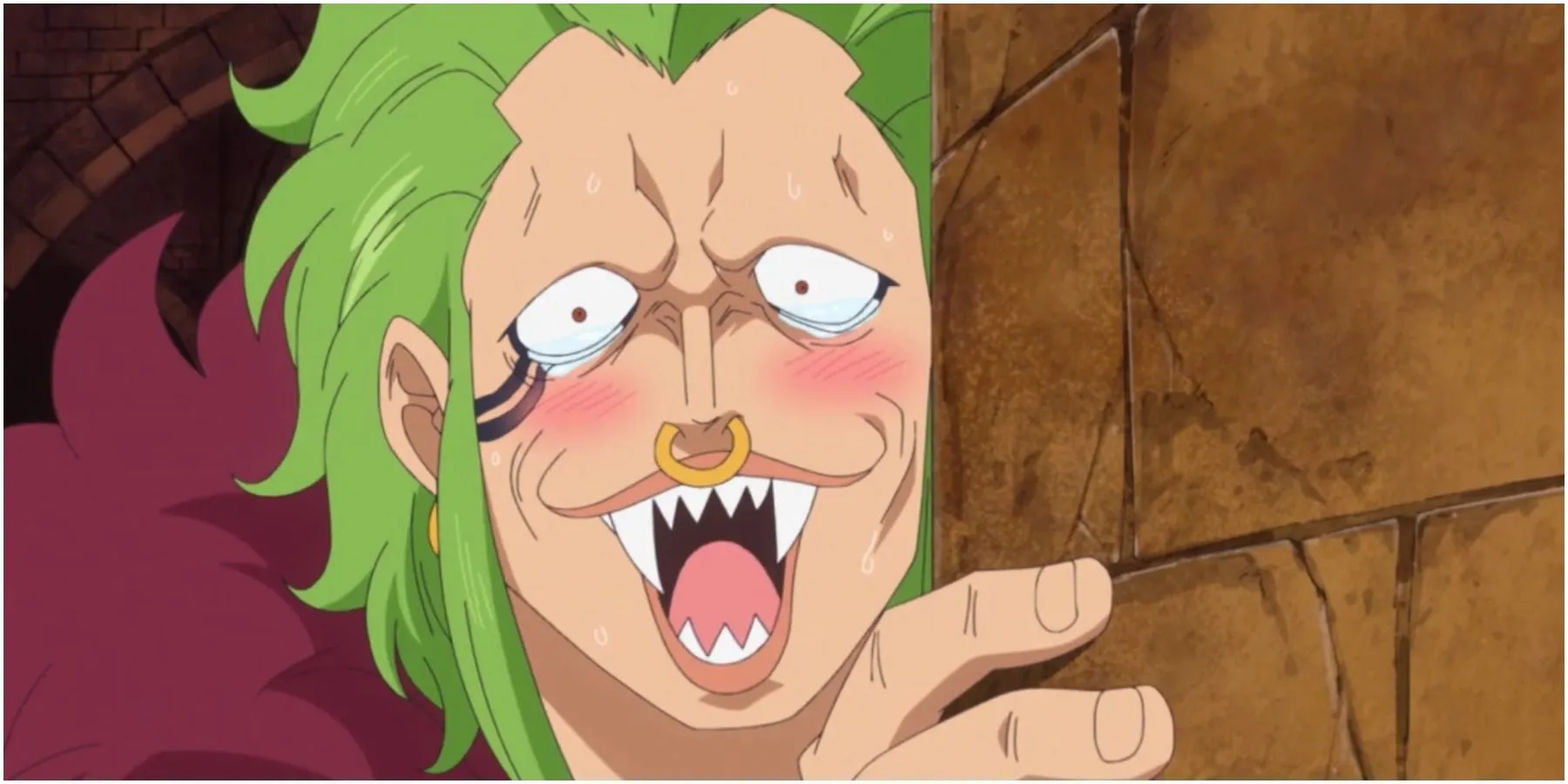
The current landscape of anime has been shaped by passionate fans who have tirelessly advocated for the medium. Many experienced anime enthusiasts were introduced to the genre by those eager to share their favorite shows. The excitement has fueled growth, driving publishers and production companies to invest in anime, acknowledging its significant market potential.
Societal shifts have made it clear that anime is a profitable venture, prompting companies to deliver more content. Major events like One Piece Day celebrate this fandom in the U.S., and public figures proudly showcase their love for anime, dispelling lingering stereotypes. The future of anime looks bright, with an expanding audience eagerly awaiting new developments.
